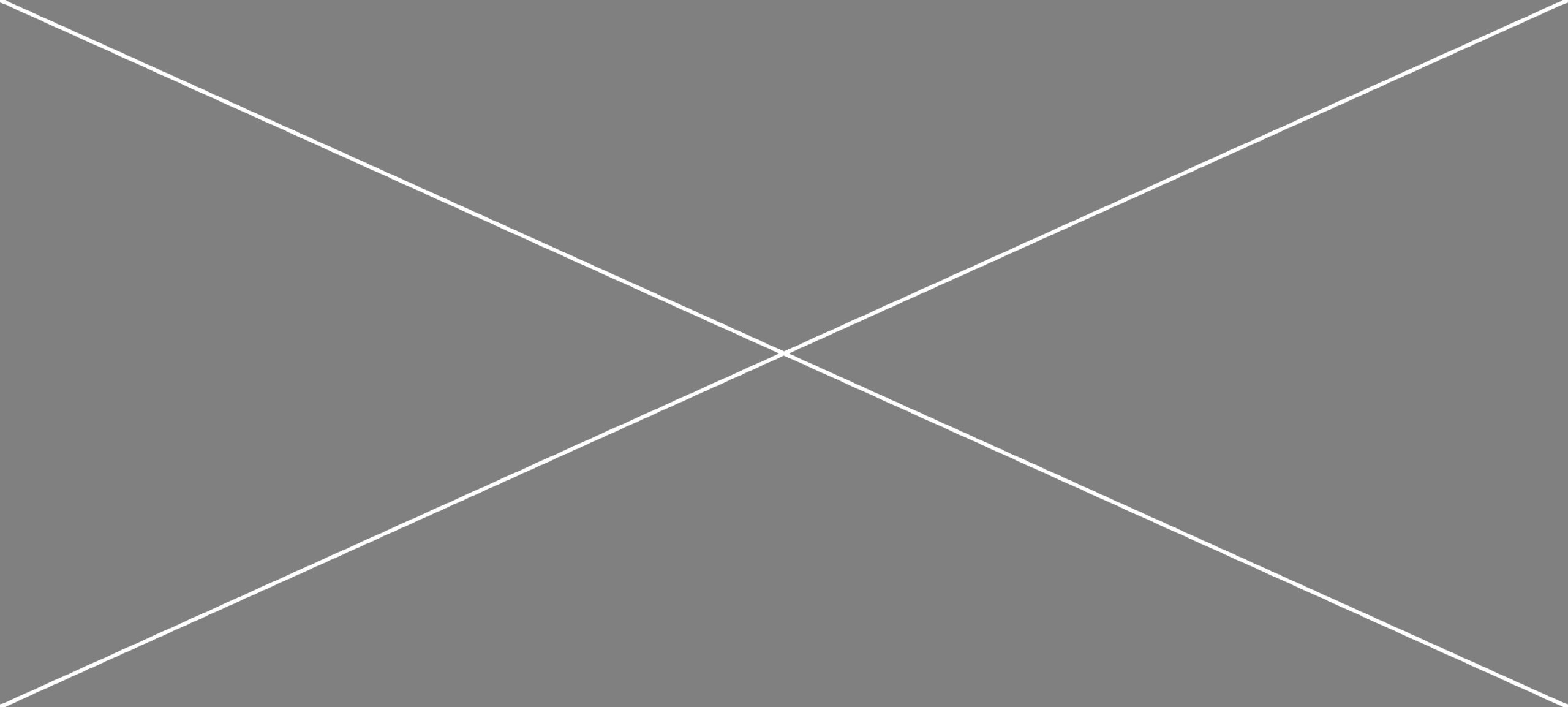My new paper has just been published in Social Epistemology. It is titled “Turning a Traffic Light into an Epistemological Device: An ANT Proposal to Disassemble and Stabilize Urban Life into Regions of Usefulness.” The piece continues my exploration of the city as both field and laboratory, proposing inventive ways to think and write ethnographically about infrastructures.
What can a traffic light teach us about the city? In this paper, I turn a familiar object into an epistemological device to think through how urban life is continuously assembled, stabilized, and disassembled. Drawing from Actor–Network Theory, empirical philosophy, and Heidegger’s notion of usability, I decompose a single traffic light in Times Square into the practices, relations, and materials that make it work—and make it meaningful.
The experiment proposes “region of usefulness” as a methodological and epistemological concept: a way to empirically grasp the city as a dynamic multiplicity in which heterogeneous elements—humans, devices, gestures, and affects—momentarily converge. Rather than analyzing infrastructures from above, the paper approaches them from within their own mixed associations, tracing how the technical, the ordinary, and the affective fold together in everyday urban life.
For anthropology and STS, this contribution matters because it reclaims the creation of concepts as an empirical practice. It invites us to craft analytical tools not in abstraction, but by disassembling the very objects and situations we study. In this sense, a traffic light becomes more than an artifact—it becomes a philosophical companion and an ethnographic interlocutor.
This paper grew from my doctoral research on Times Square’s pedestrianization and continues to inform my later projects on experimental ethnography and multimodal practice. It was, in many ways, the first step toward my ongoing attempt to build a studio-based anthropology—one that turns the urban into both field and workshop.
